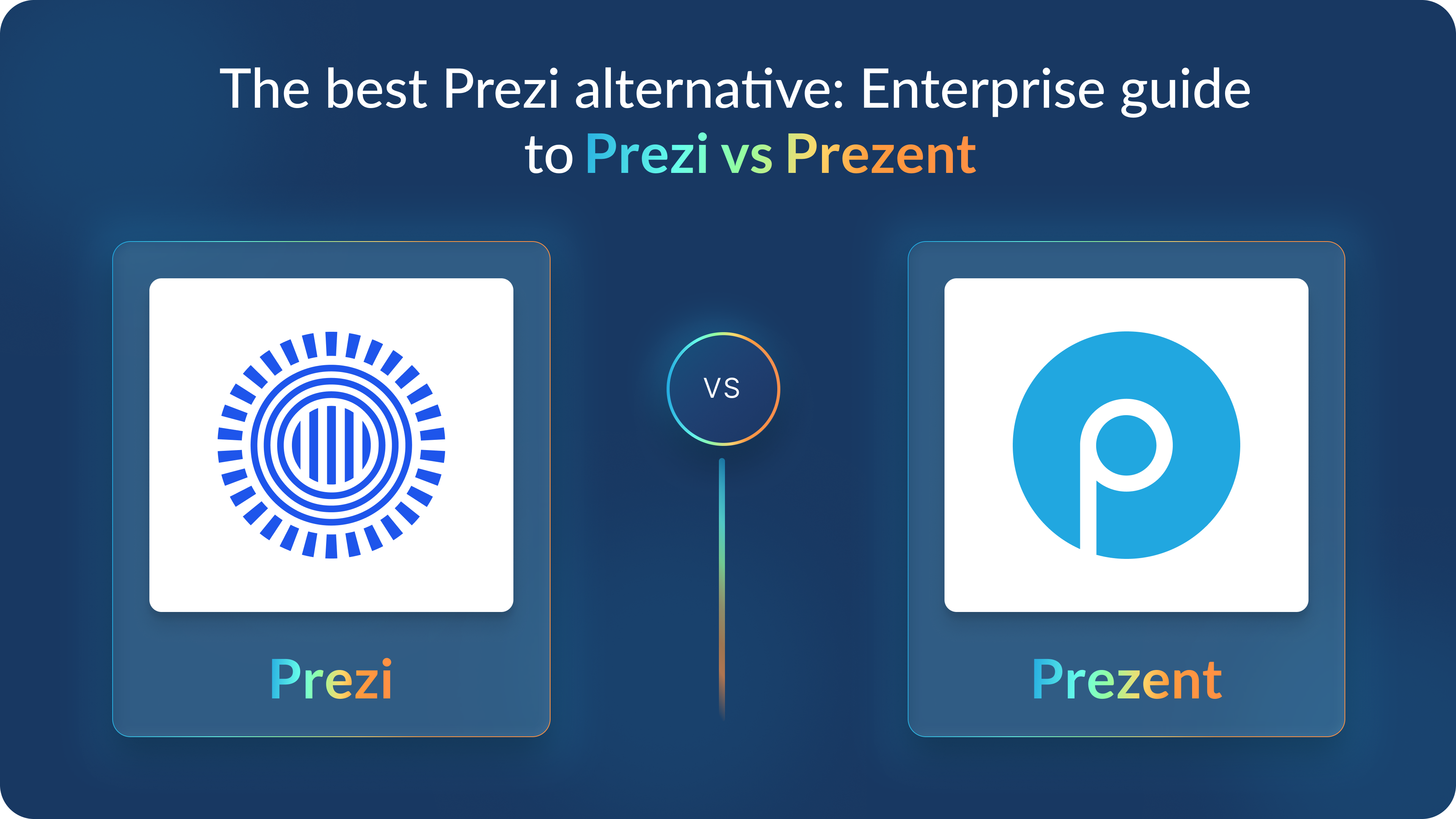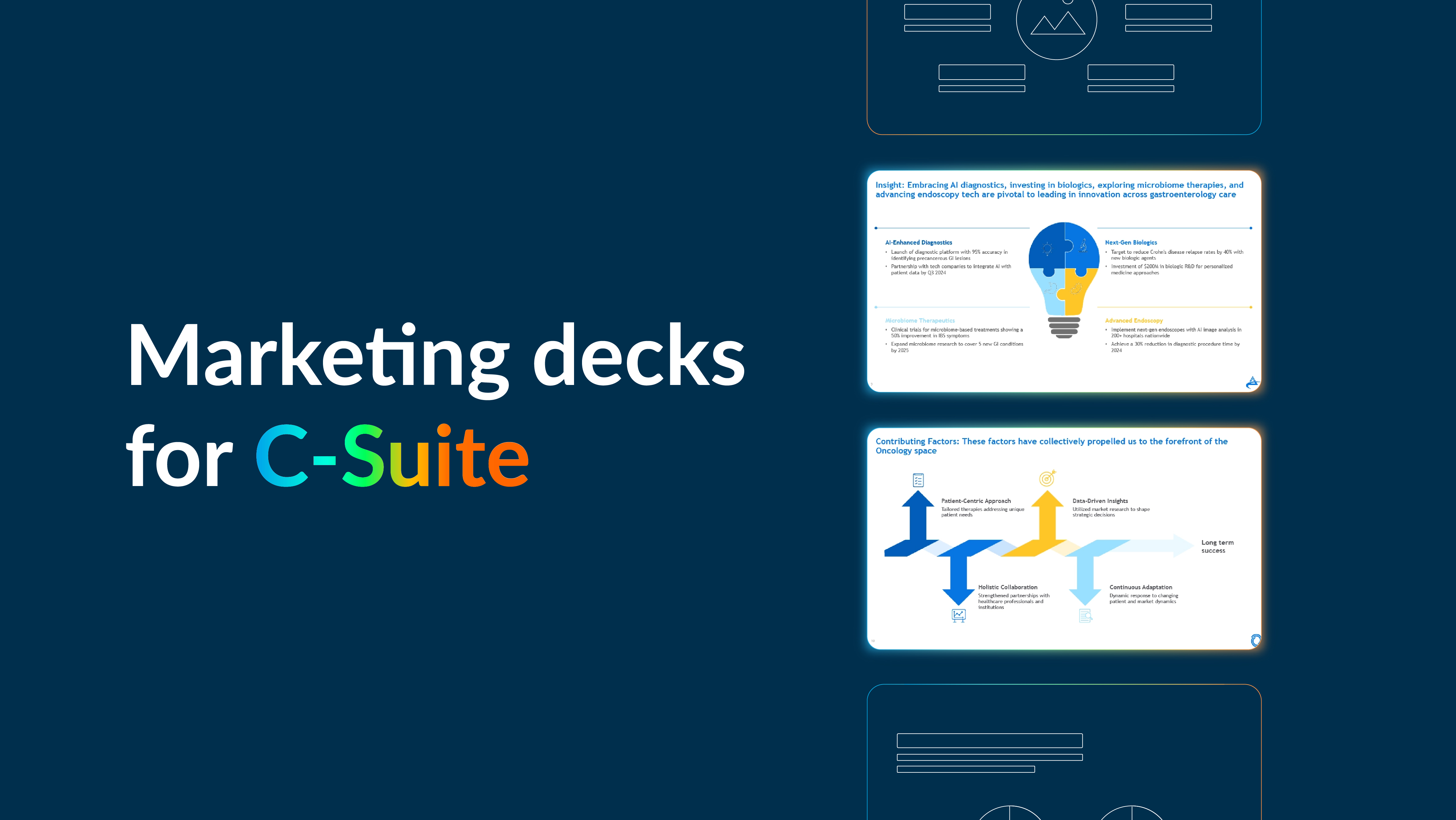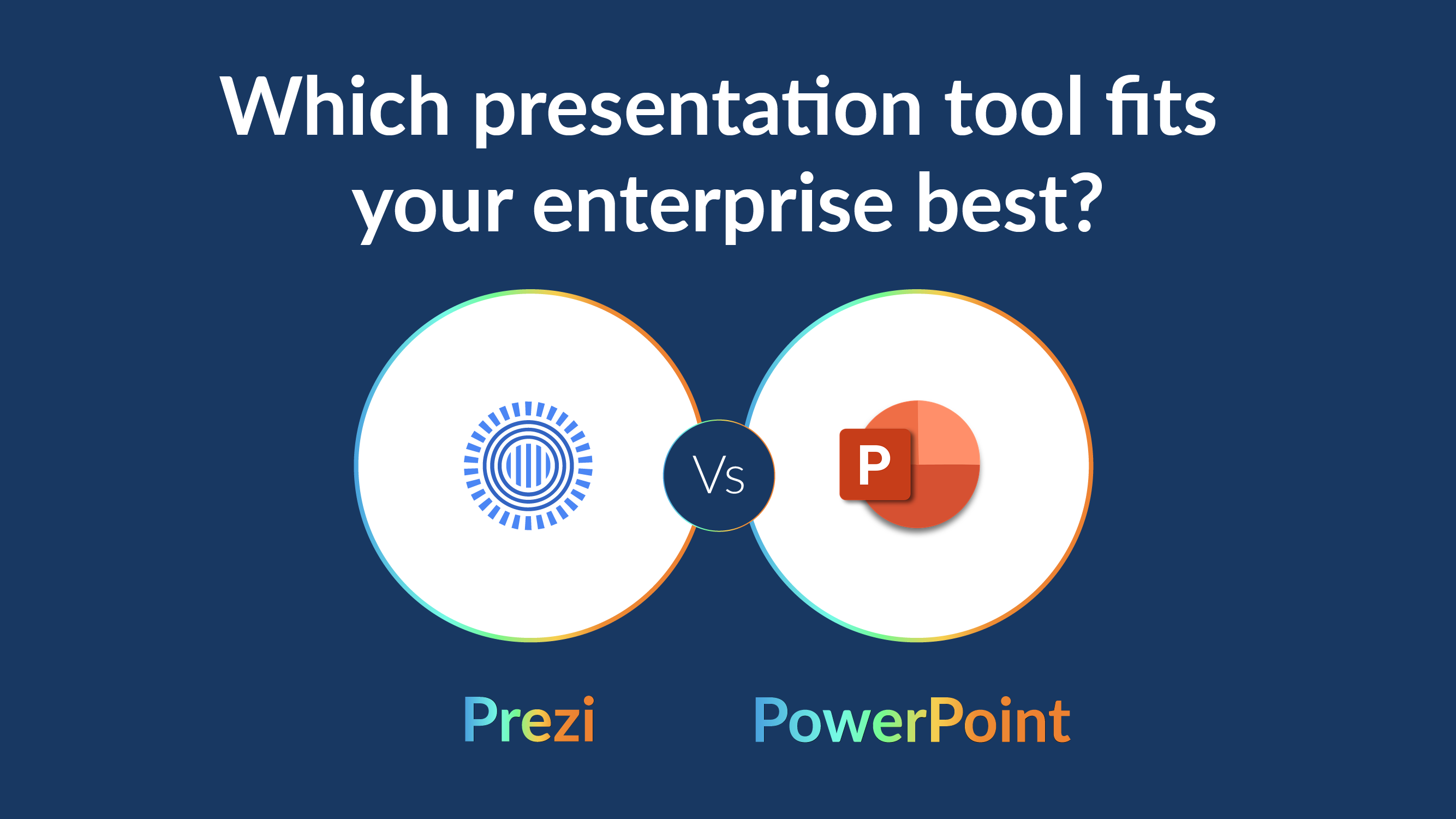Public speaking success: How to establish credibility in a speech

While crafting great content and mastering delivery are crucial for a successful presentation, establishing your authority on the subject matter is equally important. Building credibility ensures that your audience trusts you and is more likely to be persuaded by your message.
Our previous article explored the importance of public speaking and provided tips to improve your speaking abilities and overcome fear. This article will focus on strategies to establish credibility, helping you become a trustworthy and convincing speaker.
What is credibility?
The goal of a presentation is to persuade the audience and motivate them to take a specific action. To achieve this, the speaker must earn the audience's trust, convincing them to follow the speaker's direction. This trust is what we refer to as speaker credibility.
Many brands use well-known personalities in their advertisements because their public personas have gained widespread trust, making it easier to influence large audiences. Similarly, in public speaking, you must establish credibility to ensure your audience sees you as trustworthy and believable. Whether you're delivering your first speech or have experience but feel you've lacked credibility, there are several ways to build and enhance it, which we will discuss in this article.
What is a credibility statement?
A credibility statement is a concise declaration at the beginning of a speech that explains why the speaker is qualified to discuss the topic. This statement sets the tone for the event and gives the audience a reason to listen, establishing credibility from the outset.
A strong credibility statement captures the audience's attention and helps you build a connection with them, keeping them engaged and influencing their actions. However, there are a few elements you have to keep in mind to draft a strong credibility statement:
Relevant experience: Highlight your experience and qualifications related to the topic.
Credentials: Mention any relevant degrees, certifications, or awards.
Personal connection: Share a personal story or connection to the topic to make it relatable.
Research and evidence: Reference any significant research or evidence supporting your authority.
By incorporating these elements, you can craft a credibility statement that firmly establishes your authority and sets the stage for a persuasive and impactful speech.
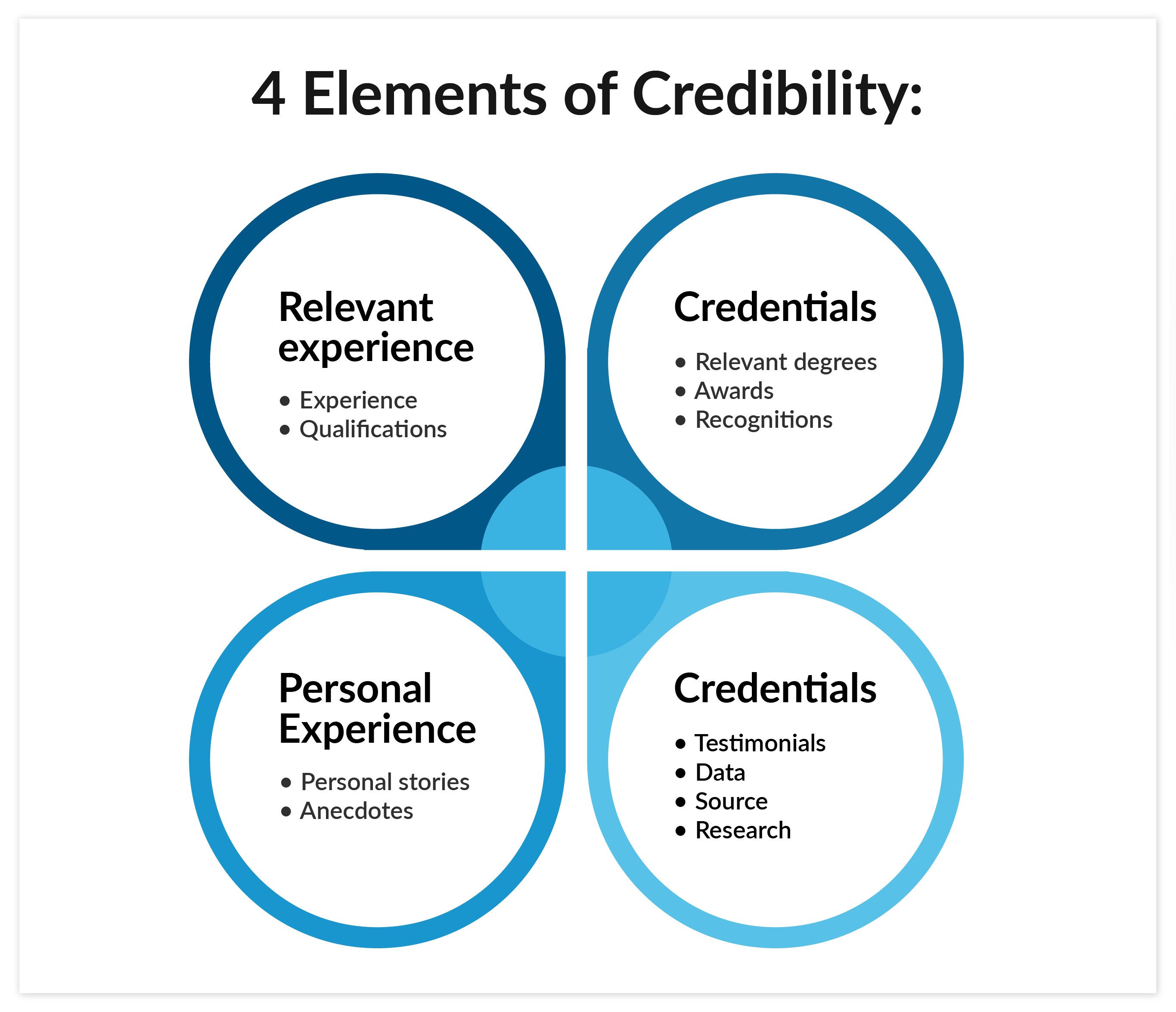
How do you establish credibility in a speech or during a presentation?
Establishing credibility is crucial for persuading your audience and ensuring they trust your message. Here are key elements to help you establish your credibility in the next presentation or public speech, along with examples to illustrate their implementation.
Share experience and knowledge
The audience can quickly gauge if the speaker has firsthand knowledge of the topic. When you speak on a subject where you can add value due to your experience, it becomes more believable and credible. Demonstrating your expertise shows the audience that you are well-informed and reliable.
Example: An experienced HR professional giving a presentation on onboarding and benefits to new employees can provide detailed insights, set the right expectations, and engage the audience effectively. This leads to a smoother transition for new hires, ensuring they feel welcomed and supported from day one.
Talk about your background and interests
Providing insights into your background and interests helps the audience understand your passion and commitment to the subject. Explaining why you have authority on the topic by sharing your educational background, awards and recognition can significantly enhance your credibility. Research shows that speakers are perceived as more knowledgeable and trustworthy when the audience is aware of their credentials.
Example: "Growing up in a family of educators, I developed a deep appreciation for the power of learning. My interest in educational technology led me to pursue a degree in this field, and I’ve been dedicated to improving educational outcomes ever since."
In this example, the speaker establishes credibility by highlighting their educational qualifications and personal connection to the subject, making their expertise clear and compelling.
Recognize the needs and offer solutions
Your audience is always eager to understand the key takeaways from your speech or presentation. Ensure they learn something new or view familiar facts from a fresh perspective. By recognizing their needs and problems, you can connect more effectively with them and offer solutions that are tailored to their specific requirements.
If your audience has limited knowledge of the topic, provide foundational information to help them follow the conversation. This approach makes your presentation more inclusive and enhances the learning experience, establishing you as a credible and engaging speaker.
Example: If you are presenting workplace productivity by streamlining communications, you can address your audience's pain points or challenges.
"Research shows that 93% of leaders believe effective business communication is crucial for organizational success. However, many employees lack training in this area. By leveraging AI technology like Prezent, companies can streamline the creation of presentations, reducing the time spent by 70% and cutting costs by 60%. This improves efficiency and ensures that employees can focus on more strategic tasks, enhancing overall productivity and communication effectiveness."
By tailoring your presentation to address your audience's specific needs and concerns and providing concrete examples and solutions, you ensure that your message is both relevant and impactful.
Cite data sources, testimonies, etc.
When you support your claims with relevant data sources and testimonials, you provide solid proof to your audience. This helps them trust and believe you, not just because you say it, but because you have evidence to back up your claims.
Example: A psychologist who has successfully treated many patients for depression can enhance credibility by sharing client testimonials. These testimonials give the audience more reasons to trust the psychologist's methodology, as they provide real-world evidence of its effectiveness.
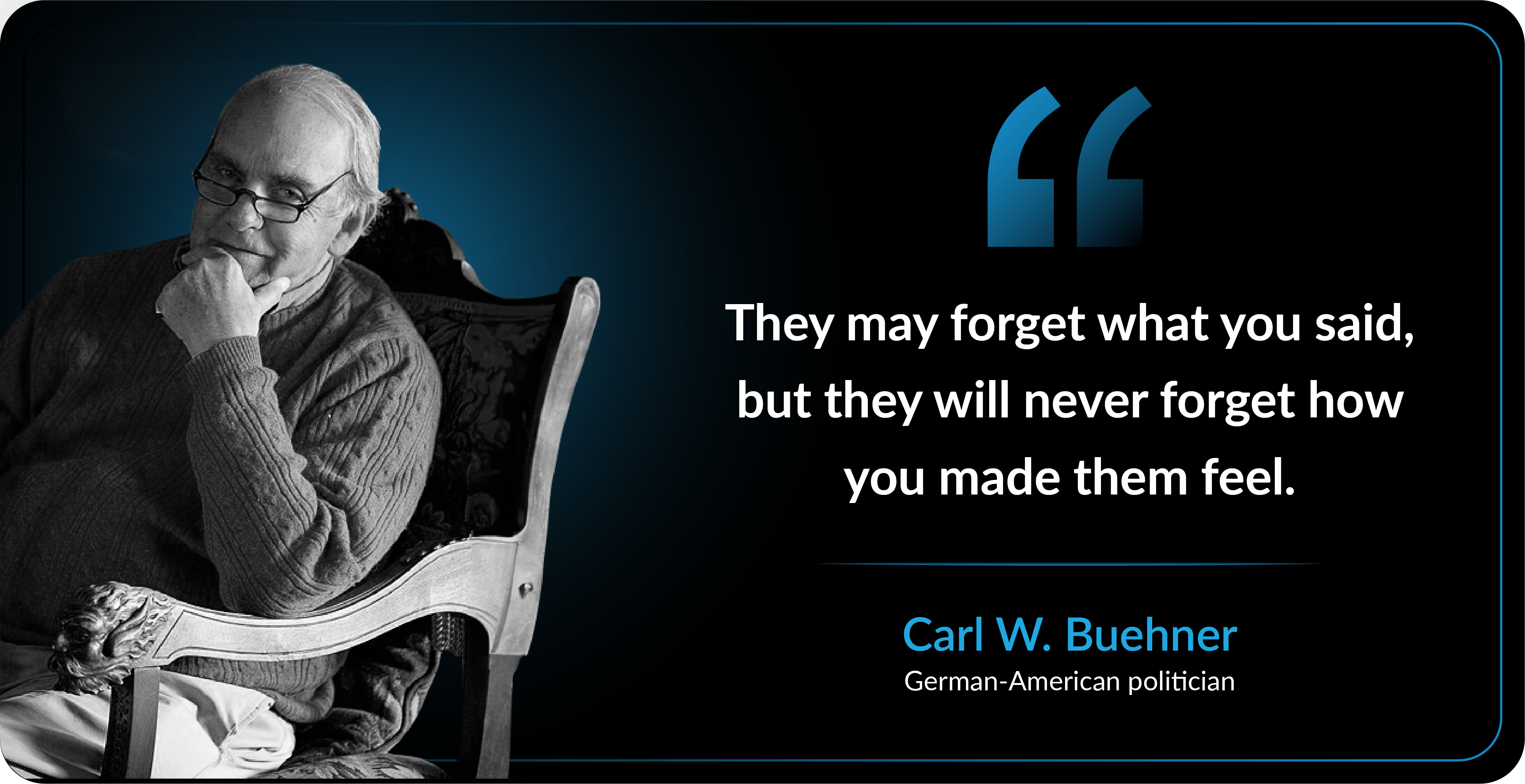
Connect with personal stories
Research shows that stories have the power to enhance information retention by up to 22 times. When you use personal stories in your speeches to explain a situation or scenario, you build an emotional connection with your audience and ensure they remember the information better.
Example: “While speaking to you about this AI product, I remember a key moment a few years back. My business faced a crisis when a customer complaint threatened our reputation. It was a turning point. We invested in a customer management system that revolutionized our operations and elevated customer satisfaction. This decision not only saved our reputation but also paved the way for our remarkable growth today. I believe our AI product can offer similar transformative benefits to your endeavors."
In this sales pitch presentation, the speaker captivates the audience by weaving a personal story into the narrative, establishing a strong emotional connection and enhancing information retention.
Public speaking can be daunting for many, but it can be mastered with time, patience, and practice. Tune in to our latest episode of "Think Deeply, Speak Simply," where experts share practical tips on developing confidence and excelling in public speaking.
Additional tips:
- Nonverbal cues are crucial for establishing credibility in public speaking. Research shows that 70-93% of all communication is non-verbal. Ensure that your words, gestures, and expressions align to reinforce your message effectively. Authenticity is key; therefore, present yourself naturally and confidently. Use open, relaxed gestures to project approachability and confidence. Maintain eye contact and a friendly smile to foster connection and warmth with your audience.
- Many successful speakers strategically utilize the stage to maintain audience engagement and emphasize key points. Moving purposefully can help sustain attention and highlight important ideas throughout your speech.
- Make your audience feel valued by centering them in the discussion. Inclusive pronouns such as 'we,' 'our,' and 'us' create a sense of unity and involvement, making listeners feel like active participants in the conversation. Avoid using exclusive pronouns like 'you' or 'your' unless necessary, creating distance and making the audience feel less engaged. By using inclusive language, you foster a collaborative atmosphere where everyone feels connected and invested in the topic.
FAQ's on public speaking credibility
1. How can I establish credibility in a speech?
Establishing credibility in a speech is crucial for connecting with your audience. Start with a strong credibility statement. Share your qualifications and experiences relevant to the topic. Use credible evidence and thorough research to support your points. Speak clearly and confidently to build trust with your audience.
2. Why is body language important for establishing credibility in public speaking?
Body language is a vital way to establish credibility. It helps your audience perceive you as confident and trustworthy. Maintaining eye contact, using open gestures, and having a good posture can build trust. Avoiding filler words and pausing appropriately also impacts how credible you appear.
3. How can I build trust with my audience during a speech?
Building trust with your audience involves several techniques. Start by connecting on a personal level and showing genuine interest in their needs. Tell more stories and use language that is easy to understand. Communicate clearly and avoid using complex jargon. Consistently using these public speaking tips helps establish credibility and build a lasting impression.
How can Prezent help you build credibility in presentations?
Integrate storyline naturally: Prezent's story builder feature seamlessly integrates a compelling narrative into your presentation, enhancing audience engagement and ensuring better information retention. It seamlessly maintains consistency across all slides by incorporating essential brand elements.
Build and refine communication skills: Prezent offers courses and Zenith learning workshops designed to enhance your team's business communication skills. These resources empower you to exhibit the qualities of a seasoned speaker, refining your ability to deliver impactful presentations.
Know your audience better: Prezent empowers you with Communication Fingerprint to help you hyper-personalize your presentations based on your audience's preferences and visual choices. This feature enables you to tailor your message effectively, leveraging data insights to connect more deeply with your audience.
Learn more about Prezent AI and how it can enhance your team's skills and communication workflow by scheduling a demo with our experts. Alternatively, explore the platform yourself with a free trial today.
.avif)




